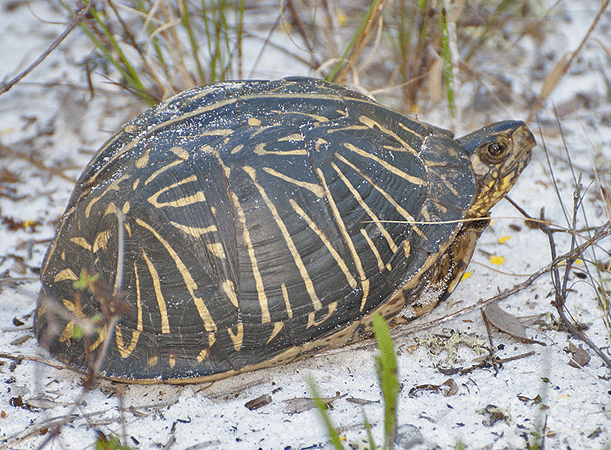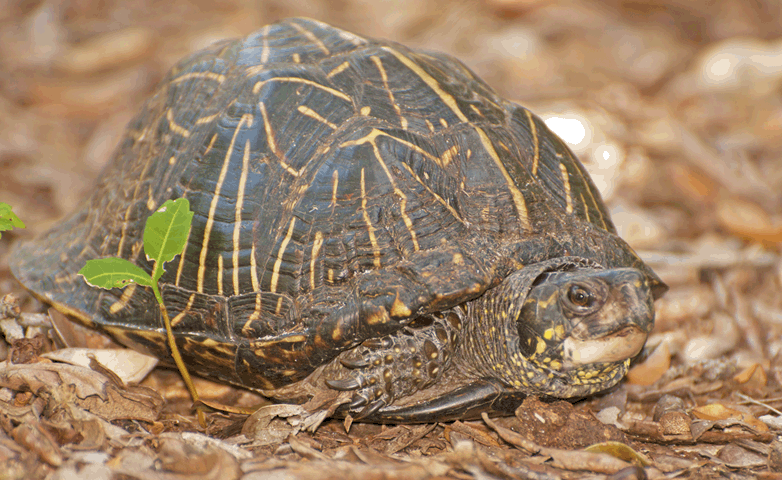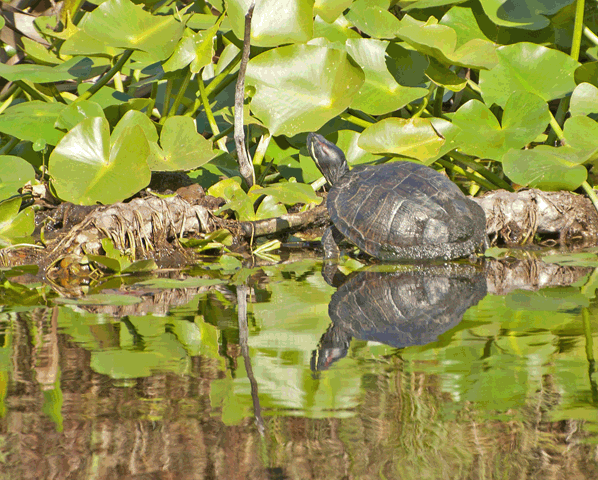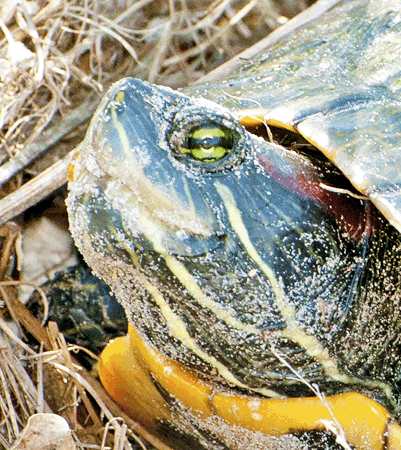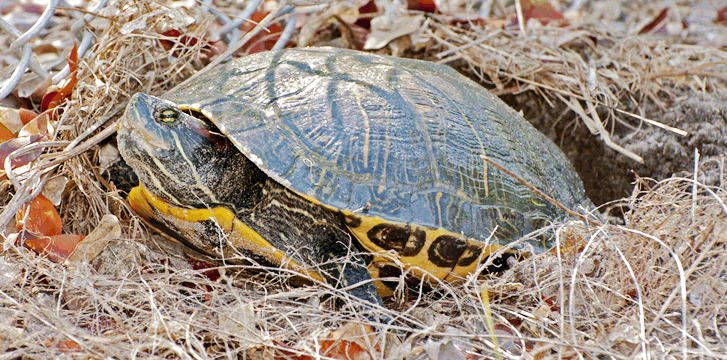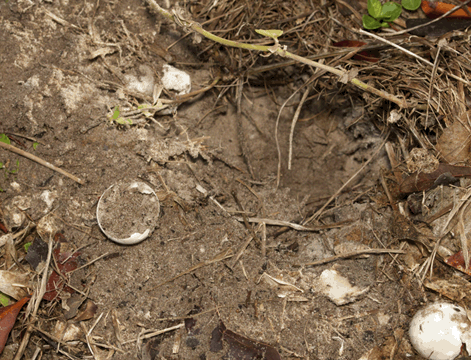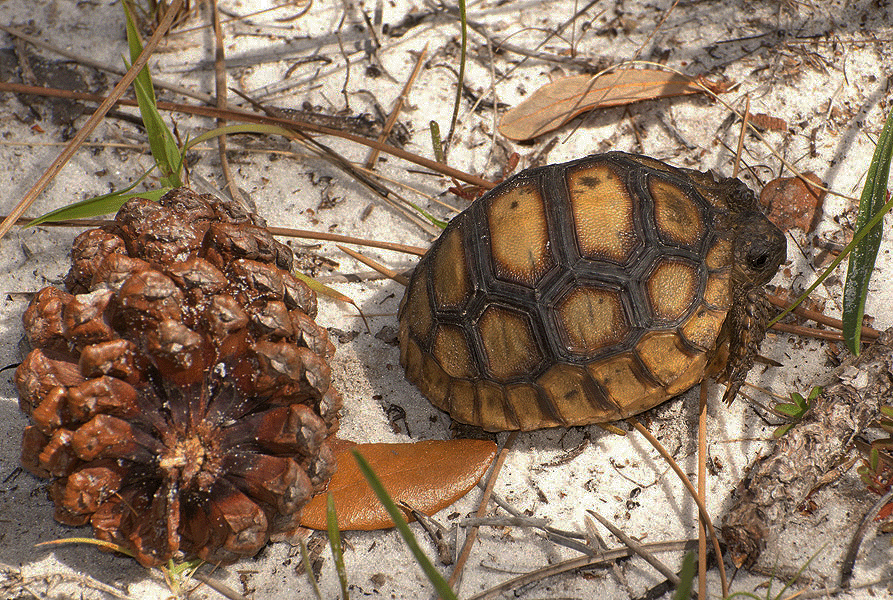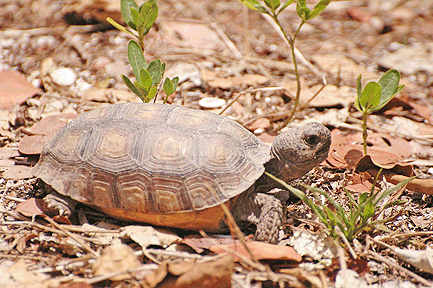Class Reptilia (Reptiles) in the Christopher B. Smith Preserve
Class Reptilia Characteristics: Reptiles are ectothermic vertebrates. That means they rely on environmental heat sources and have bony skeletons for support. In addition, most reptiles lay eggs on land (some snakes and lizards have live birth) and all have body scales. There are three orders of reptiles found in the Smith Preserve: Crocodilia, Squamata, and Testudines. Order Crocodila is represented by an alligator. Order Squamata includes lizards and snakes. Order Testudines includes turtles and tortoises. Pond turtles swim and bask in the filter marsh, but visit the terrestrial environment to lay their eggs; box turtles are terrestrial, but may visit the filter marsh to eat fish. Tortoises are entirely terrestrial.
Interactions in the Smith Preserve: In areas of the filter marsh that are shallow or seasonally try, the alligator can excavate deeper spots that hold water longer. These areas become a refuge for fish, turtles, and other wildlife. The alligator also keeps prey populations in check.
Snakes eat lizards, birds, fish, snails, insects, small mammals, and other snakes, keeping prey populations in check. Lizards help keep their prey, mostly insects and spiders, in check. Both snakes and lizards are prey for large reptiles, birds and some mammals. Some lizards dig holes in the sand, which mixes sediments.
Turtles and tortoises contribute to the food web by keeping other organisms in check and providing food for predators. In addition, tortoises create burrows that provide shelter for a variety of other creatures.

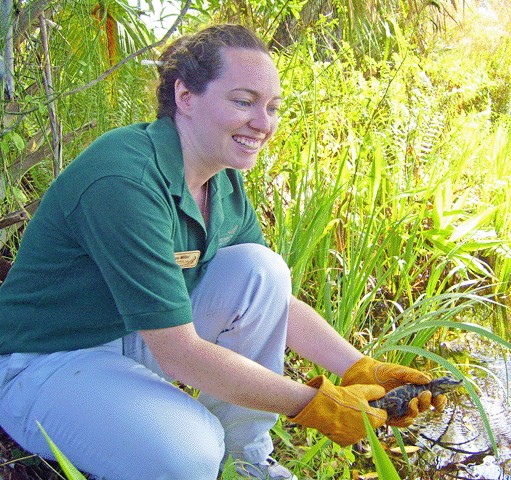
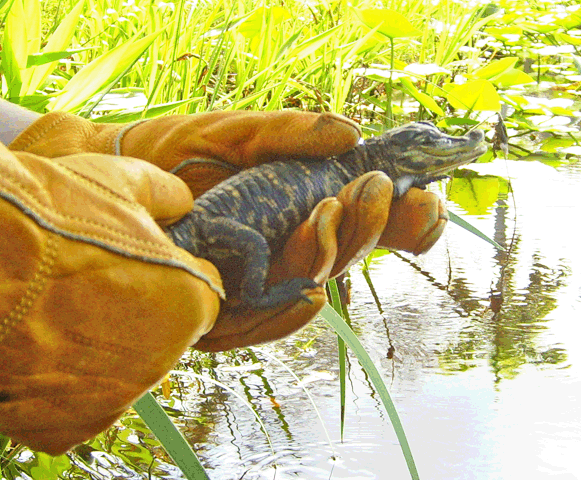
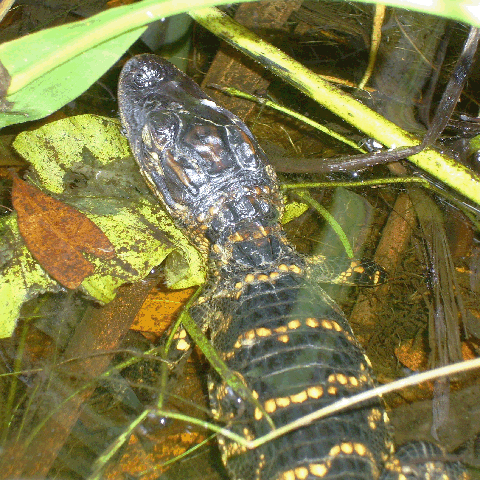

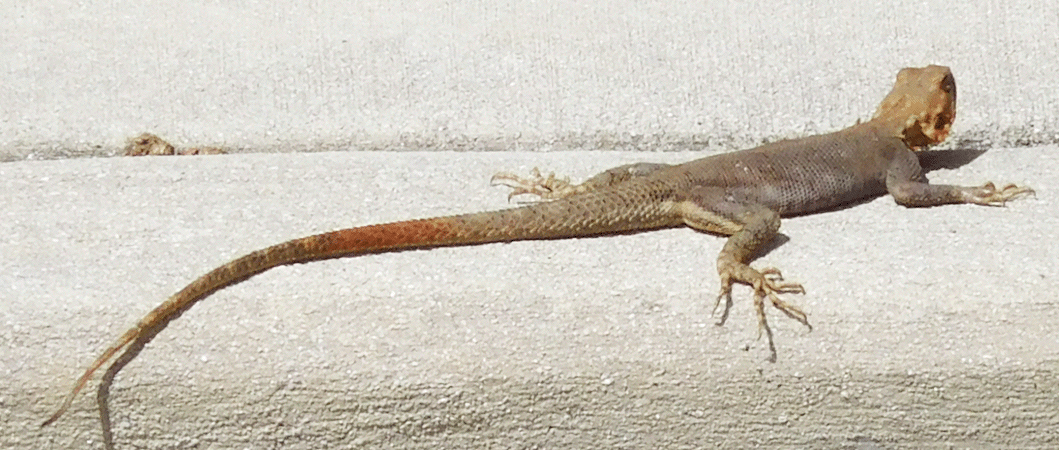
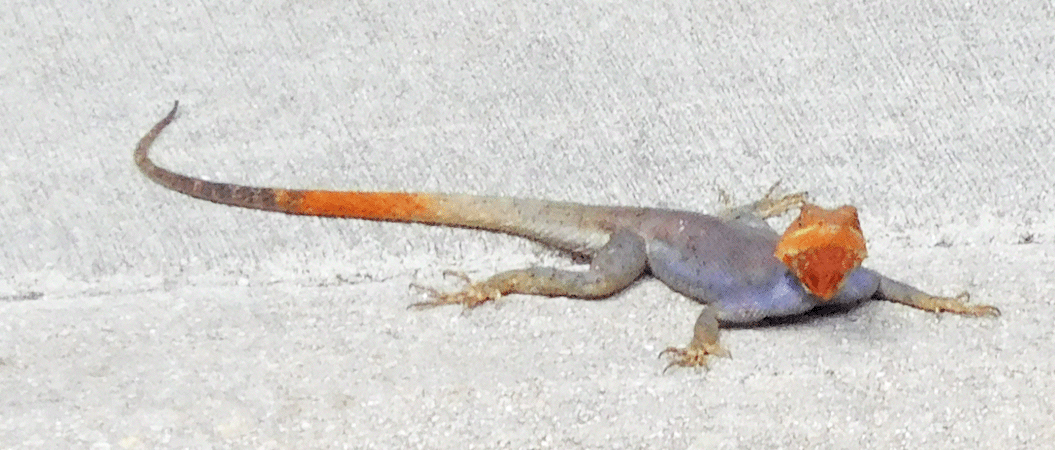
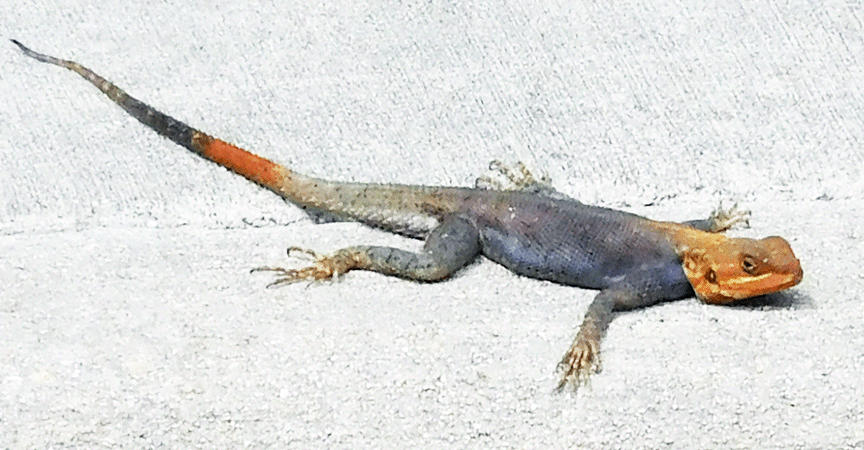
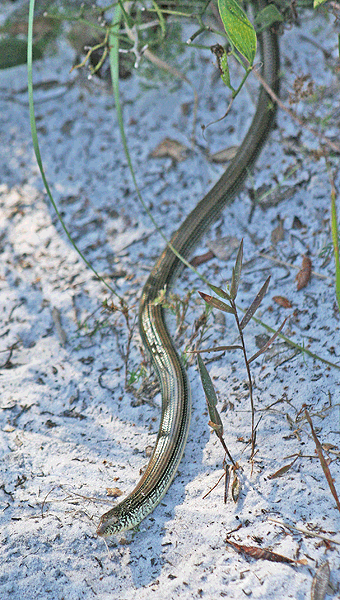
 The common name "glass lizard" refers to its tail. When a predator grabs the lizard, Ophisaurus ventralis drops its tail. Once dropped, the tail can break into several pieces, resembling what happens when glass is dropped. The tail sections continue moving and distract the predator, allowing the lizard to escape. Overtime, the lizard regenerates a new tail. The reason a glass lizard can drop its tail is there are weakened areas within or between vertebrae that easily break apart.
The common name "glass lizard" refers to its tail. When a predator grabs the lizard, Ophisaurus ventralis drops its tail. Once dropped, the tail can break into several pieces, resembling what happens when glass is dropped. The tail sections continue moving and distract the predator, allowing the lizard to escape. Overtime, the lizard regenerates a new tail. The reason a glass lizard can drop its tail is there are weakened areas within or between vertebrae that easily break apart. 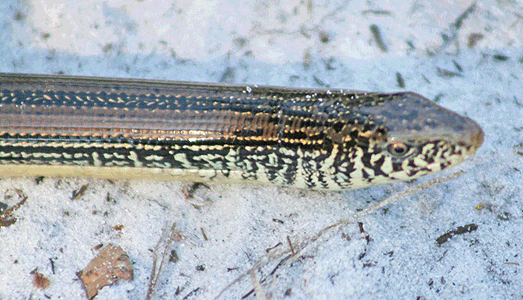 Most of the day, glass lizards burrow through soil and piles of leaves looking for food (insects, spiders, snails, other small reptiles, and young rodents).
Most of the day, glass lizards burrow through soil and piles of leaves looking for food (insects, spiders, snails, other small reptiles, and young rodents). 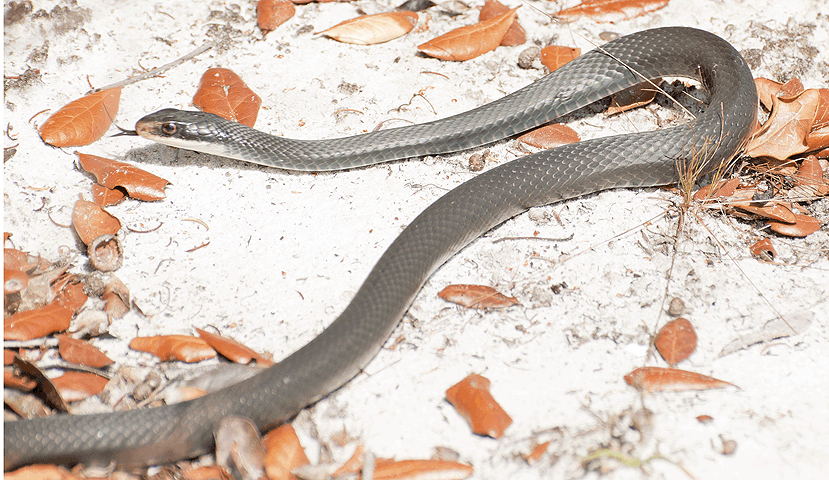
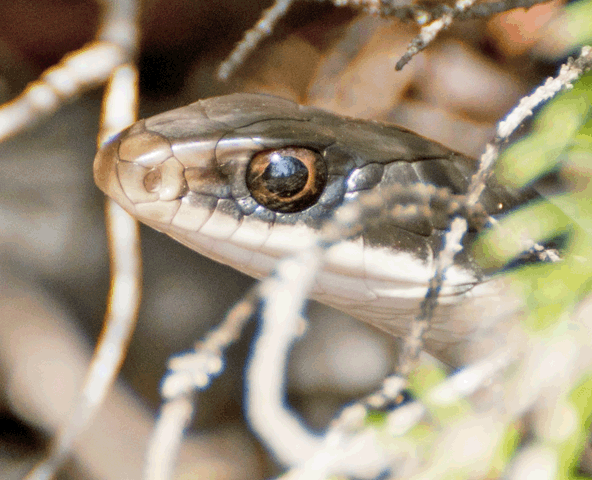
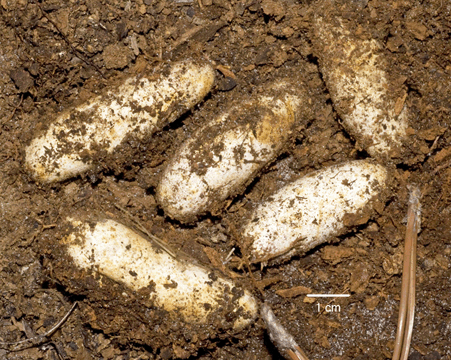
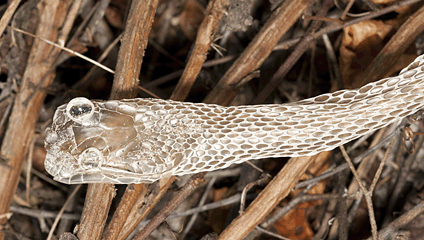
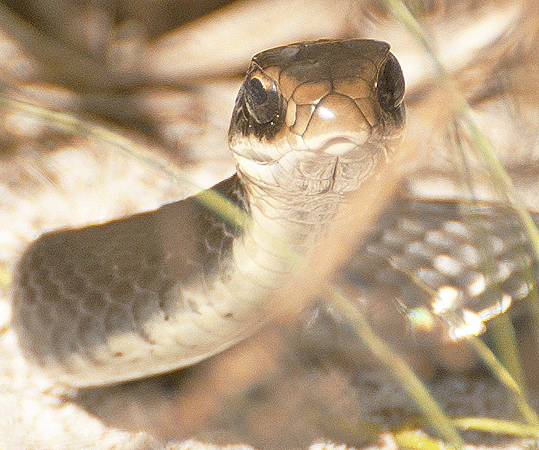
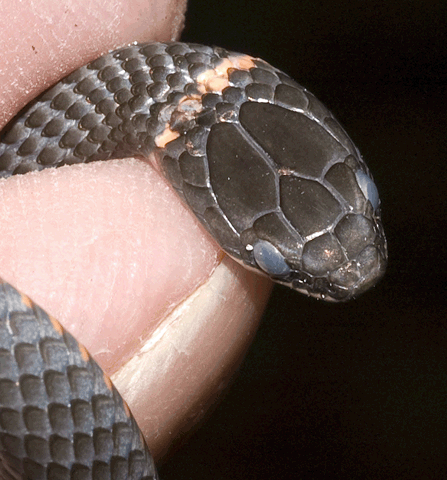
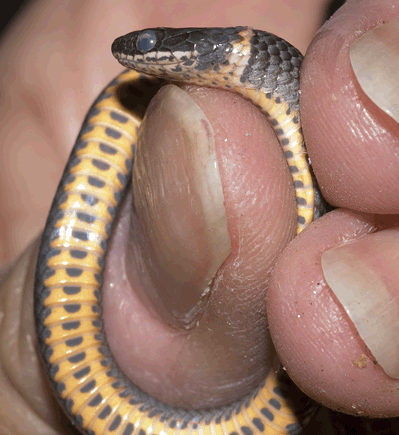
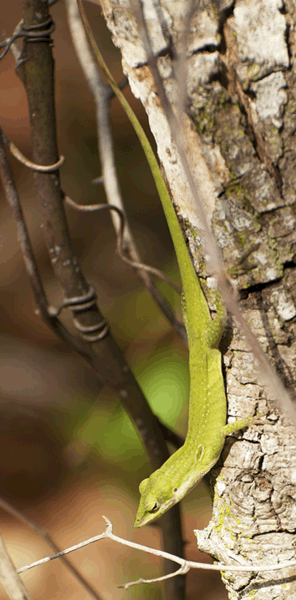
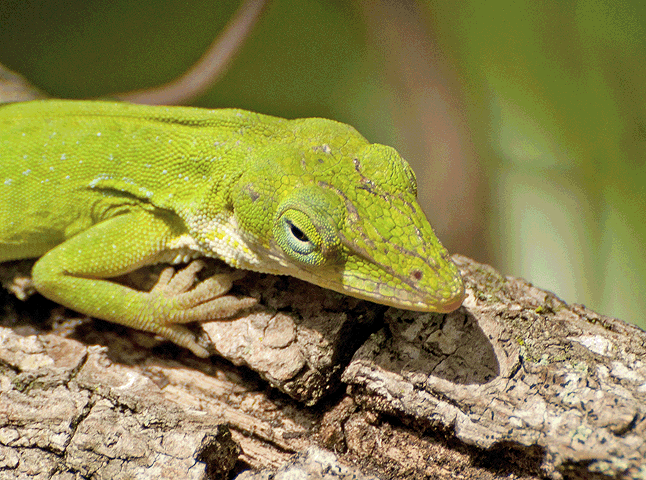
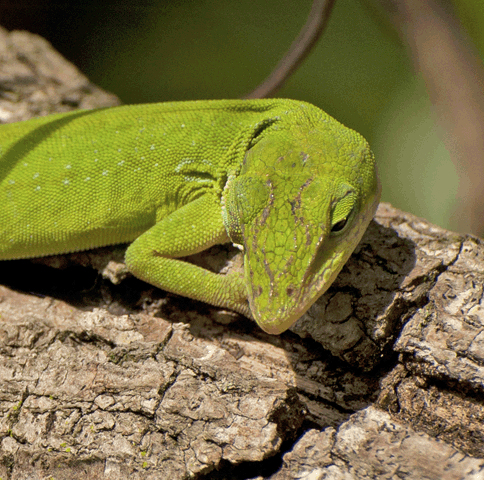
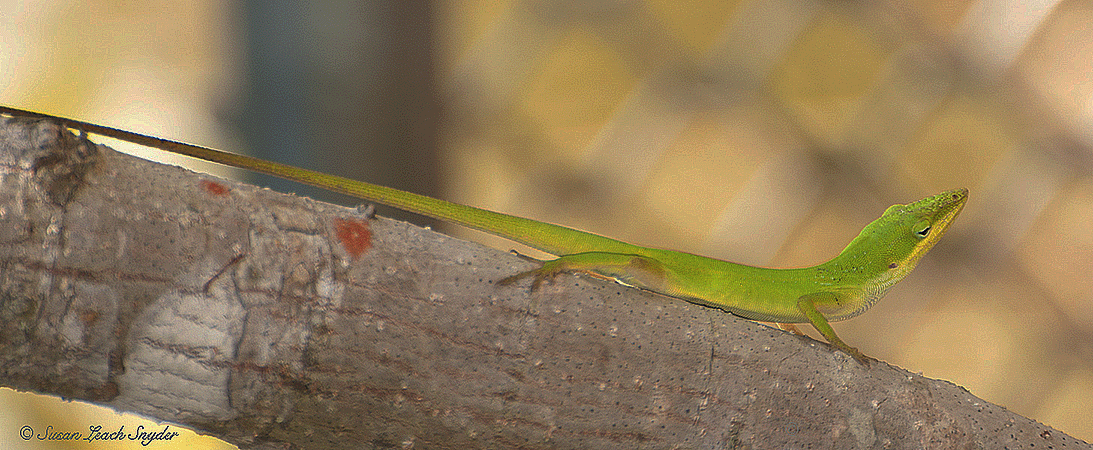
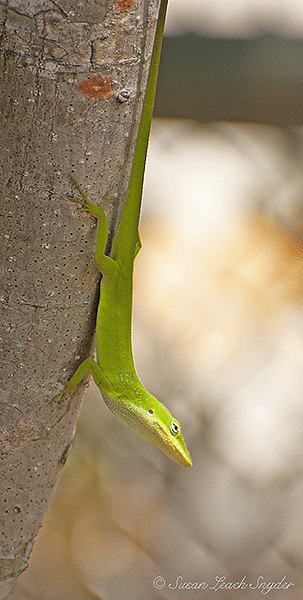
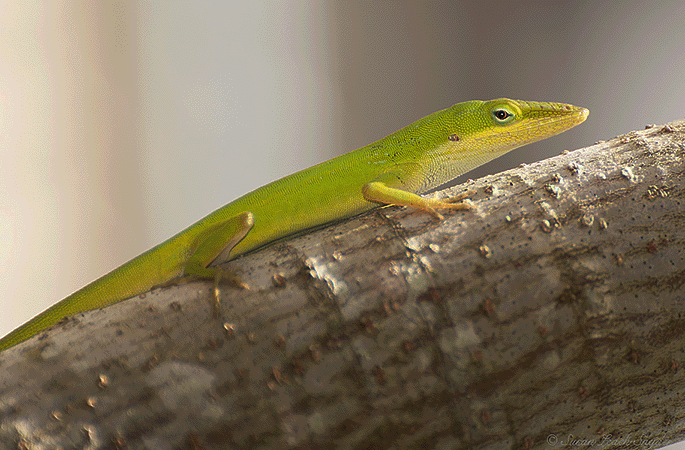
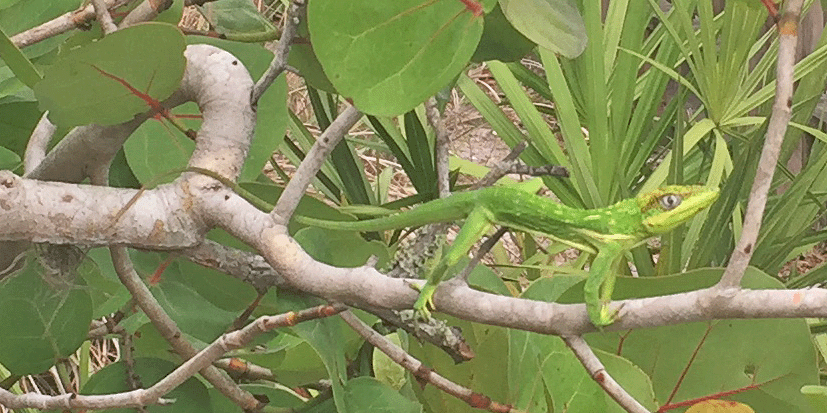
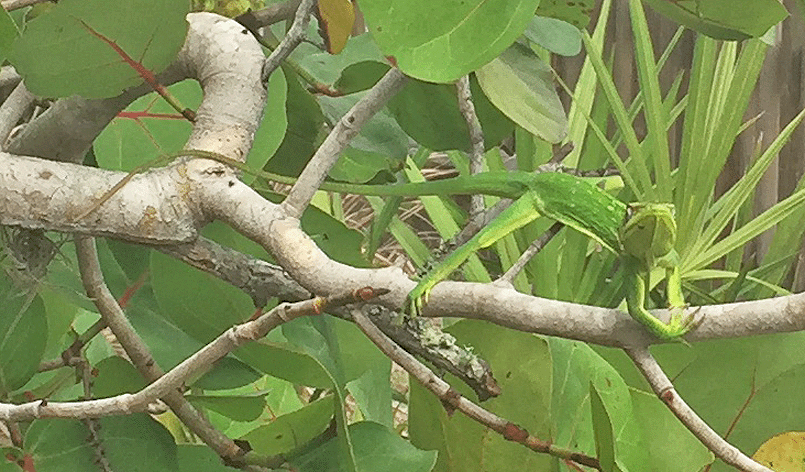
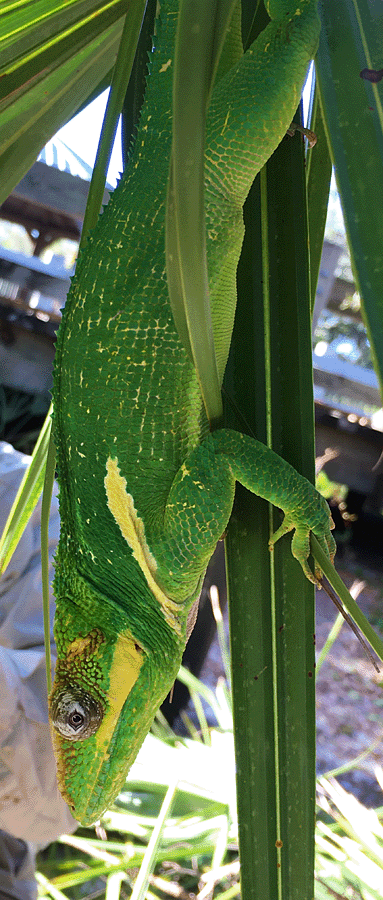
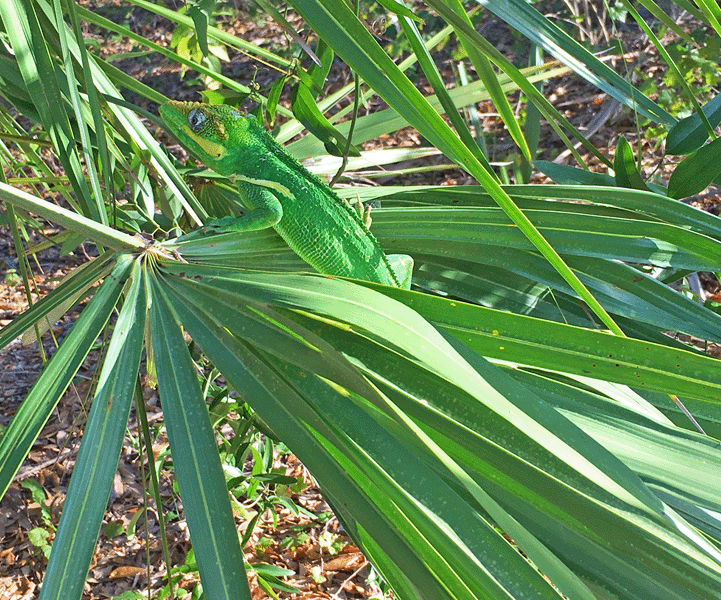
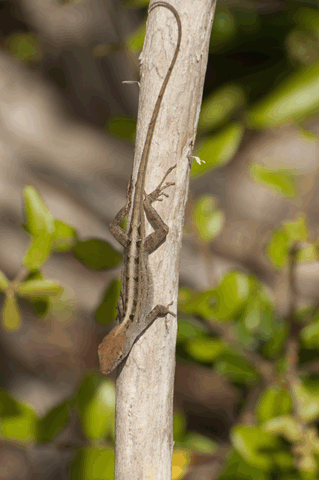
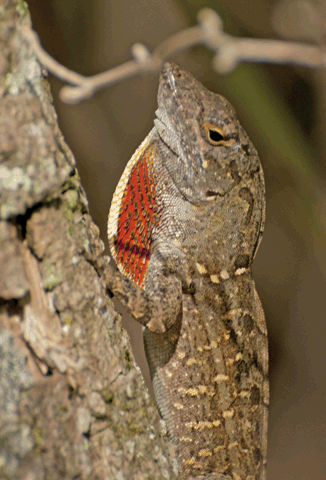
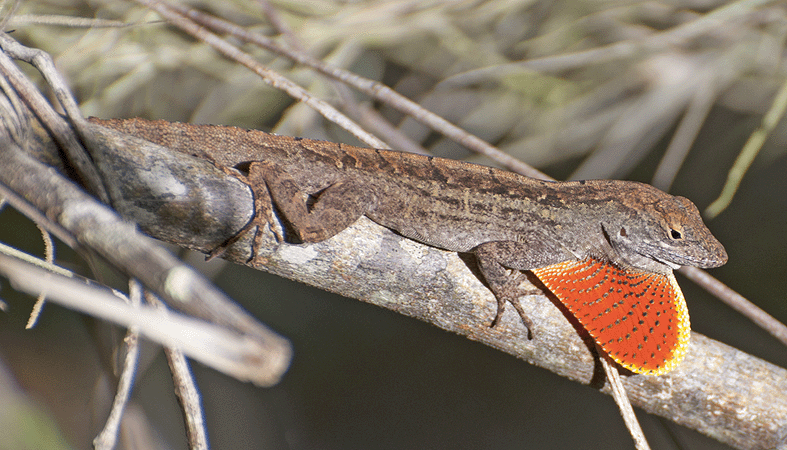
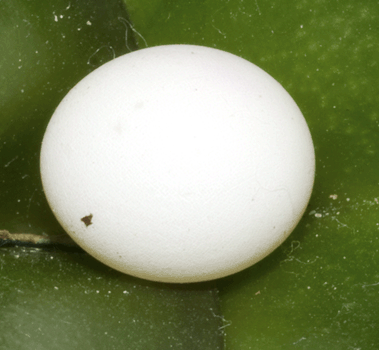
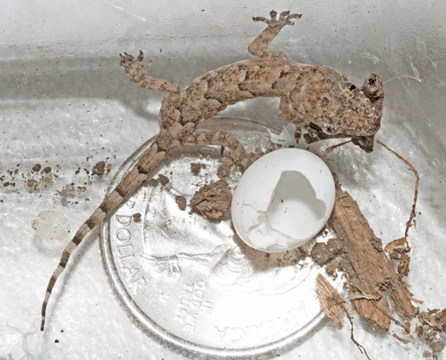
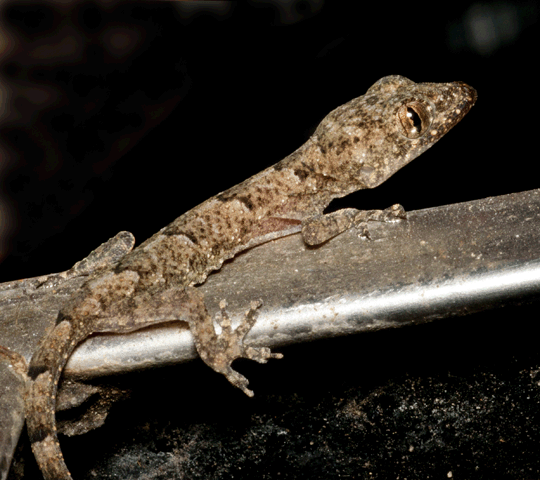
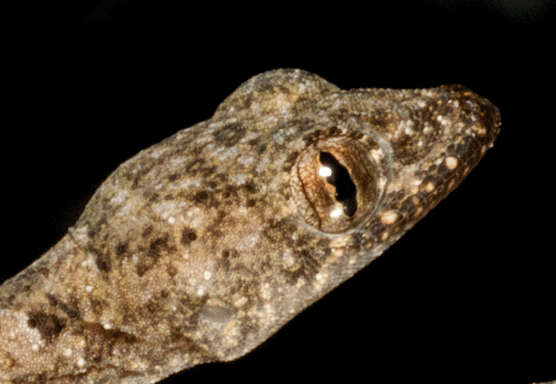
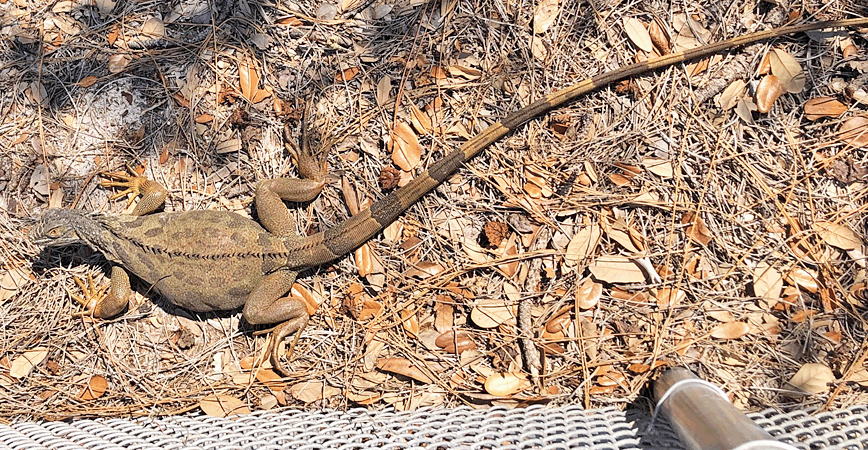
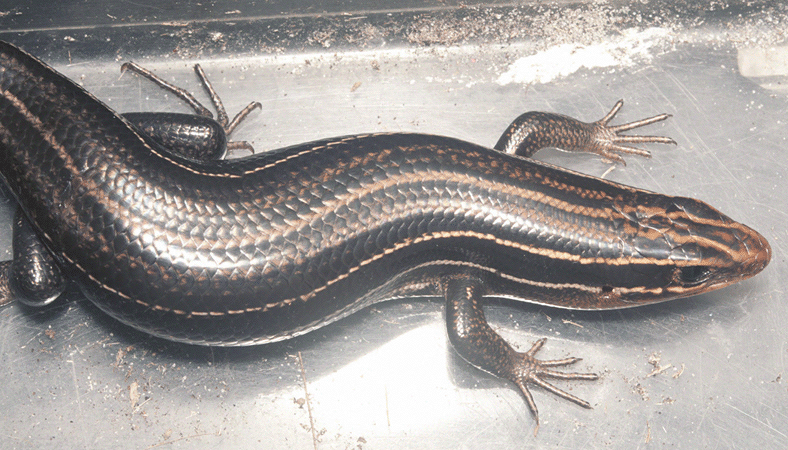
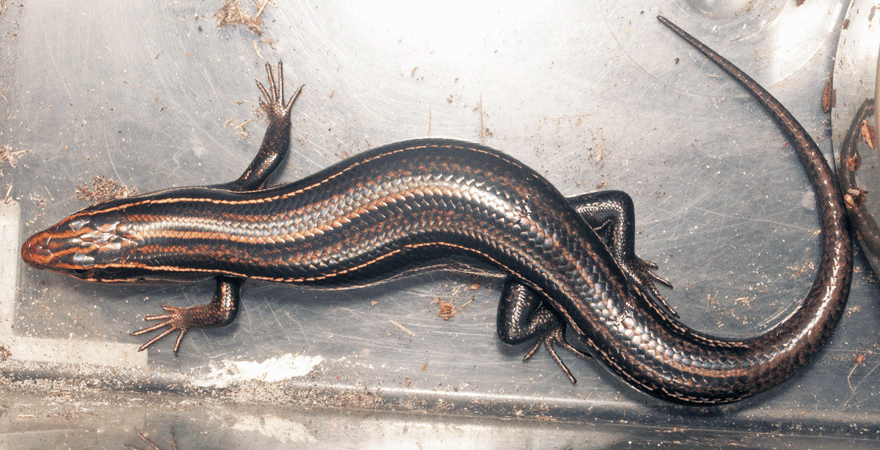
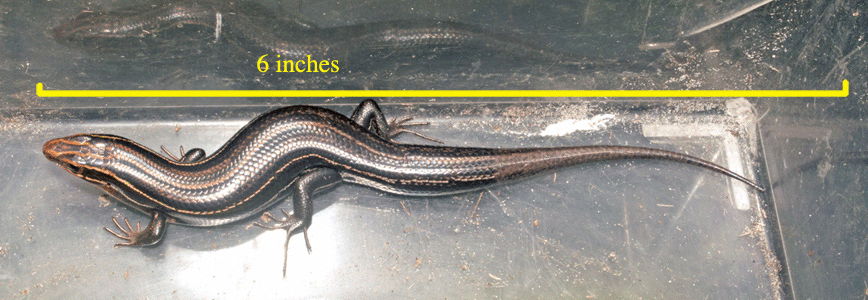
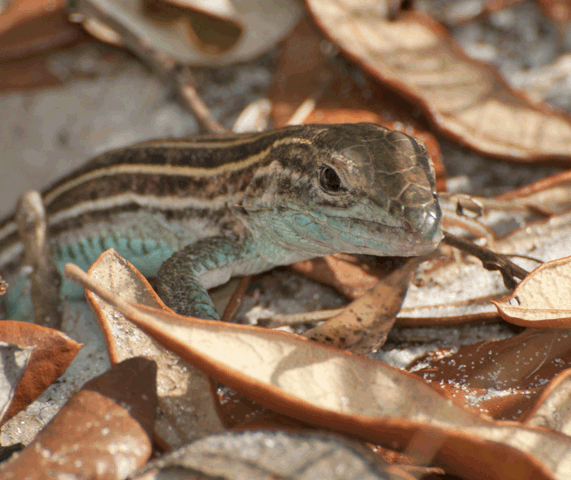
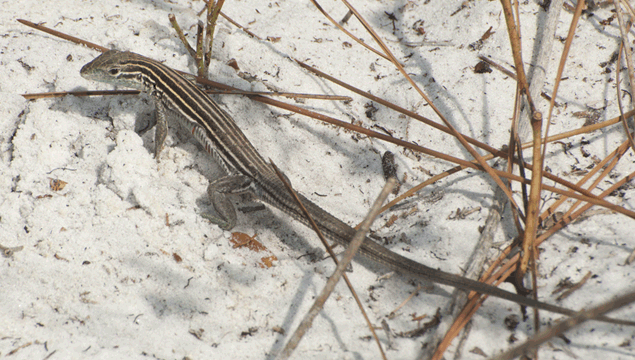
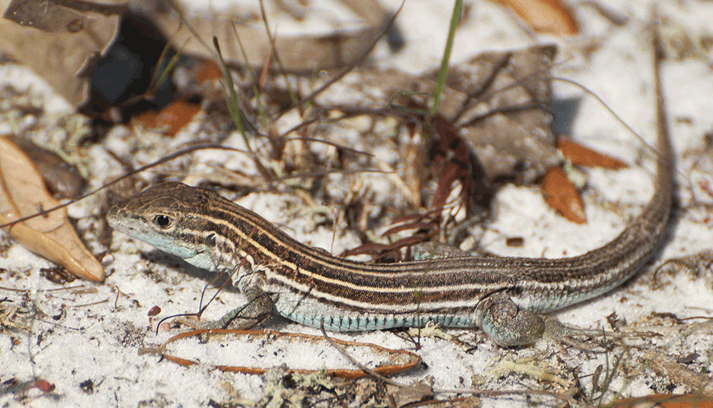 Cnemidophorus sexlineatus
Cnemidophorus sexlineatus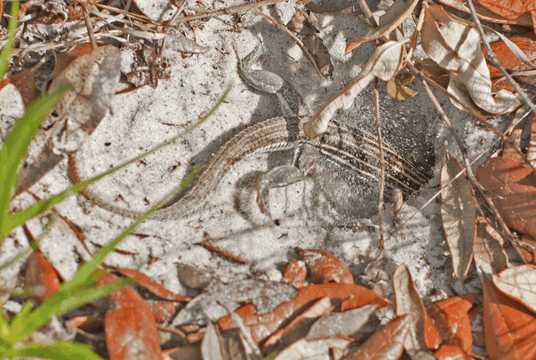
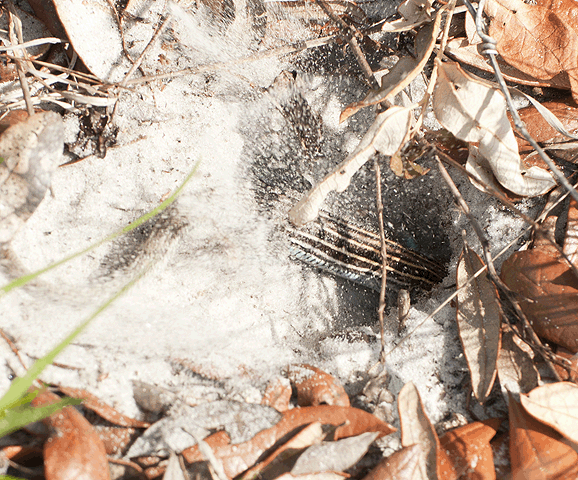
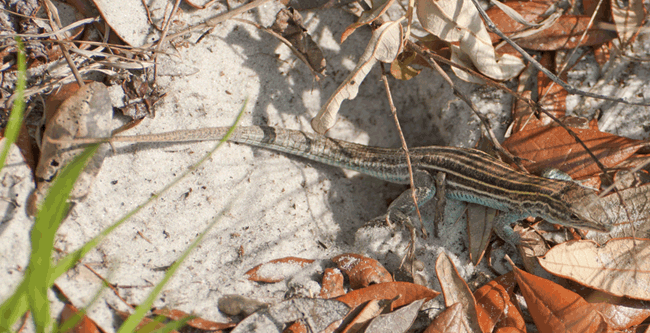
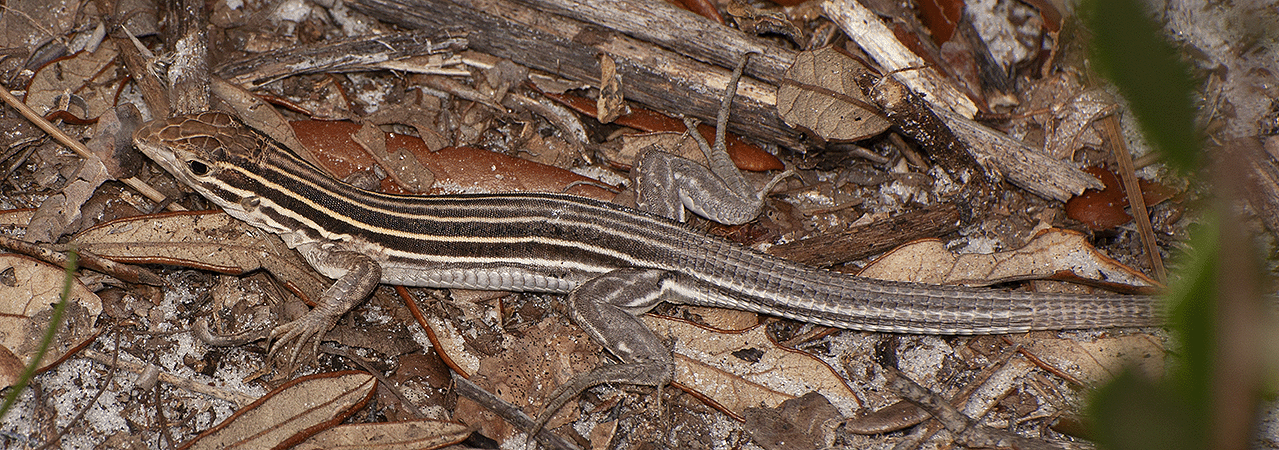
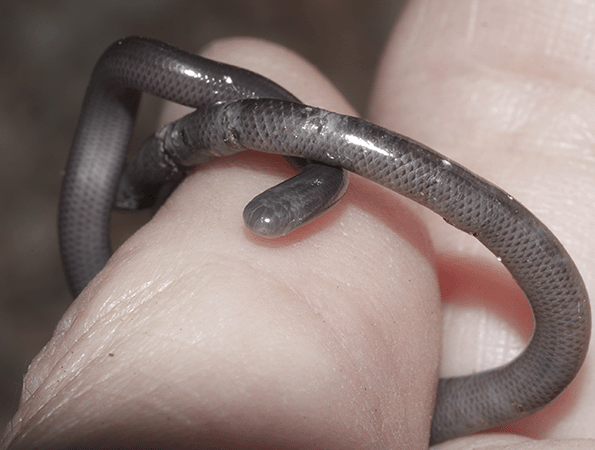
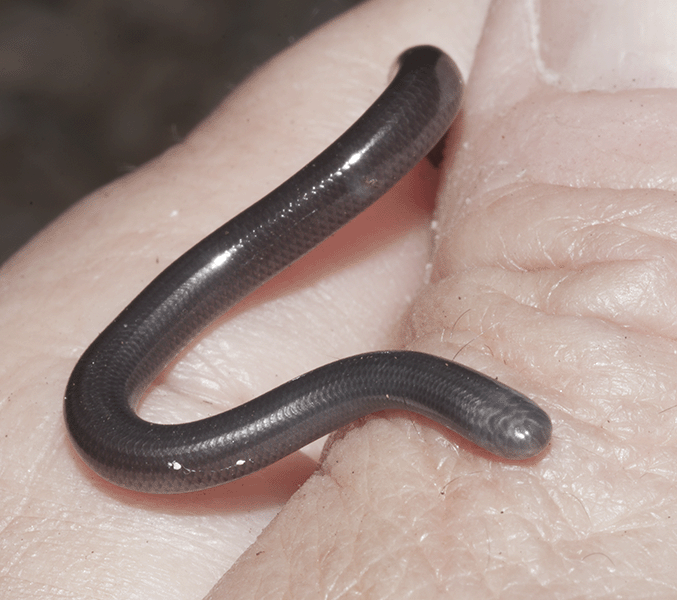
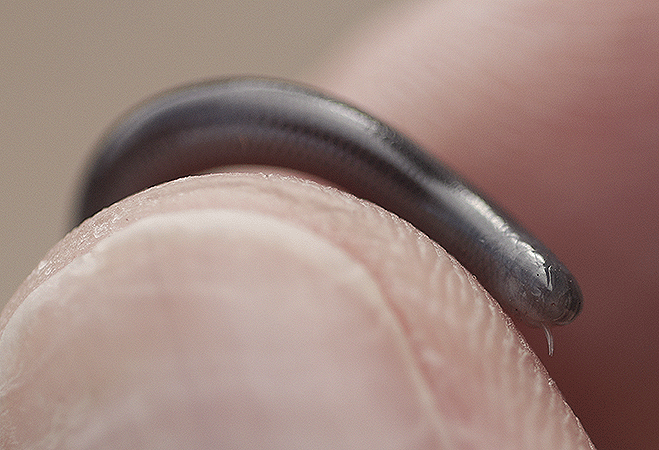 Adults are 11.2 to 16.5 cm. For scale for this particular individual, the webmaster's thumb nail is show in these photographs. Both the head and tail are blunt. The snake looks like a worm, but it is not segmented like a worm.
Adults are 11.2 to 16.5 cm. For scale for this particular individual, the webmaster's thumb nail is show in these photographs. Both the head and tail are blunt. The snake looks like a worm, but it is not segmented like a worm. 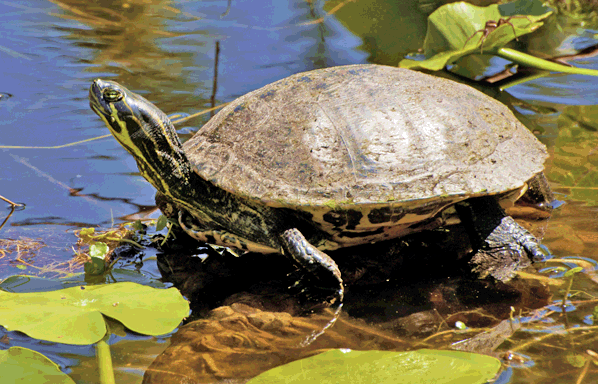
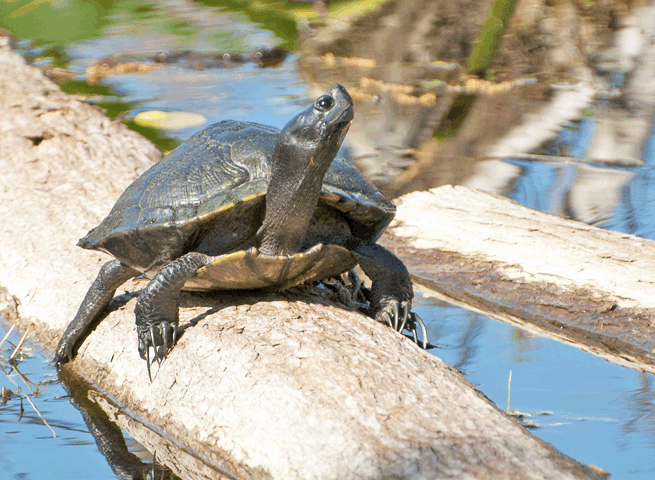
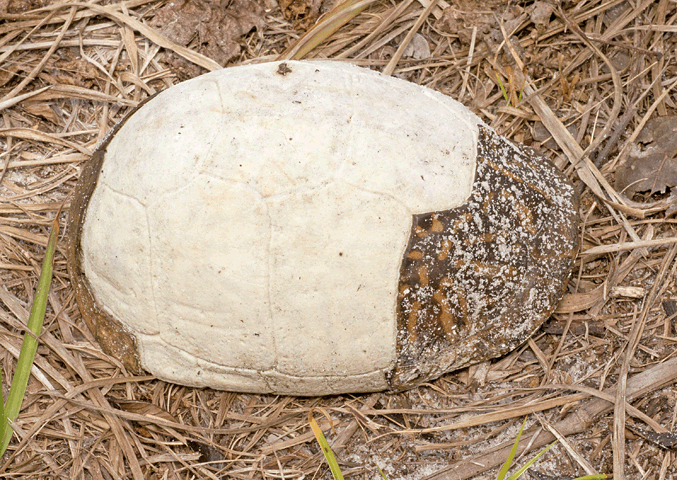 The Florida Box Turtle lives on the peninsula of Florida in both wooded and grassy areas, often near streams and ponds.
The Florida Box Turtle lives on the peninsula of Florida in both wooded and grassy areas, often near streams and ponds.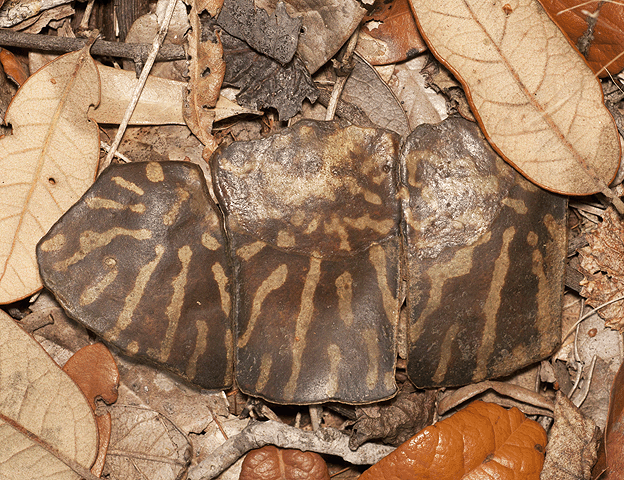 The Florida Box Turtle shell is sometimes marked with a pattern of bright radiating yellow stripes, but the color can also be solid yellow to solid black.
The Florida Box Turtle shell is sometimes marked with a pattern of bright radiating yellow stripes, but the color can also be solid yellow to solid black.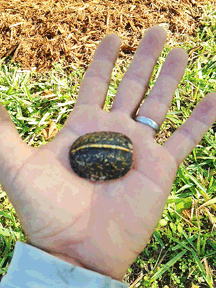 Females have longer and straighter rear claws, and the posterior lobe of the plastron is flat or slightly convex. Females have yellow eyes.
Females have longer and straighter rear claws, and the posterior lobe of the plastron is flat or slightly convex. Females have yellow eyes. 